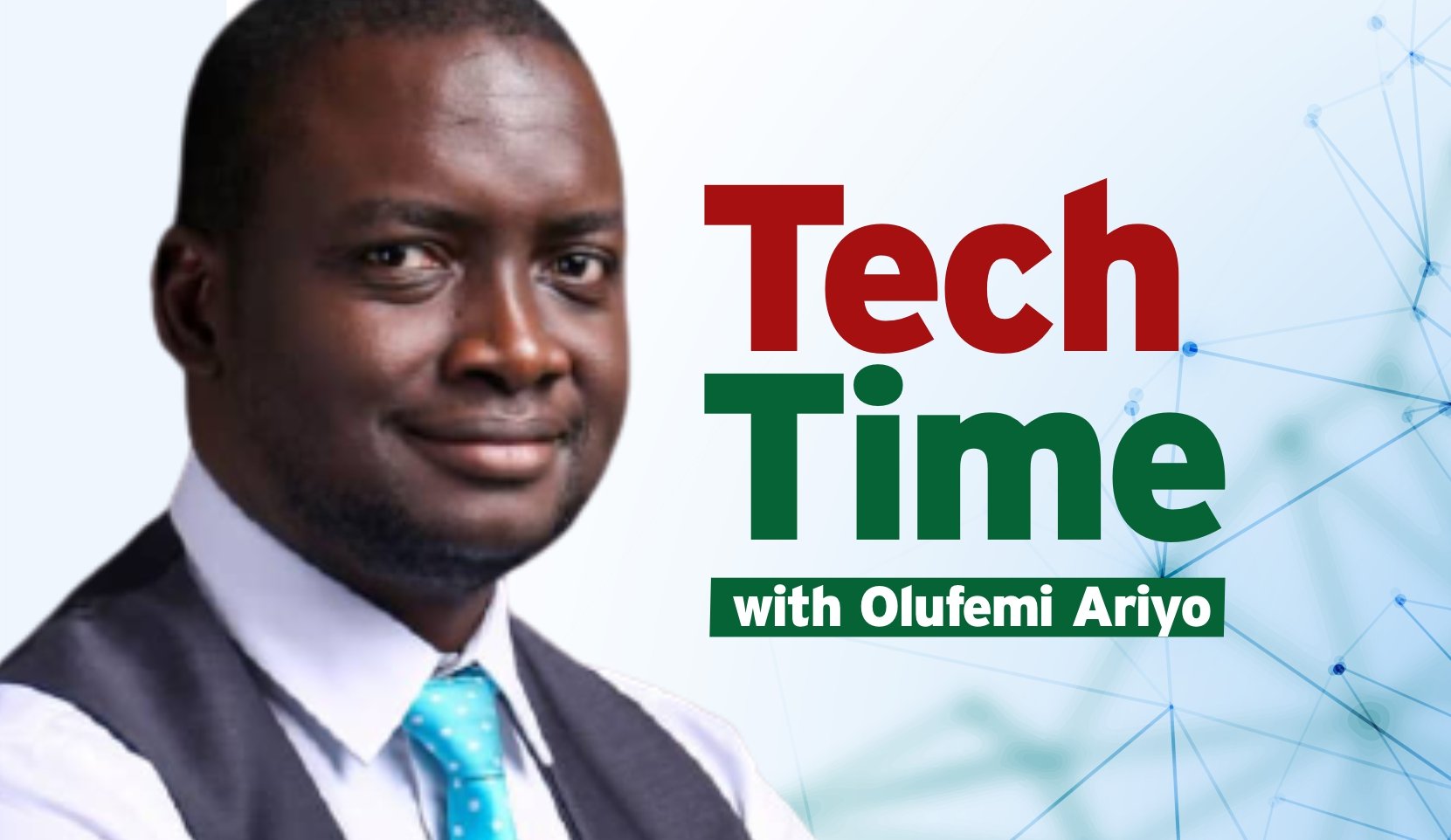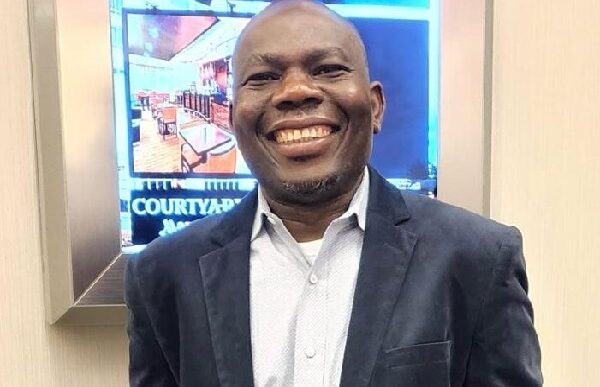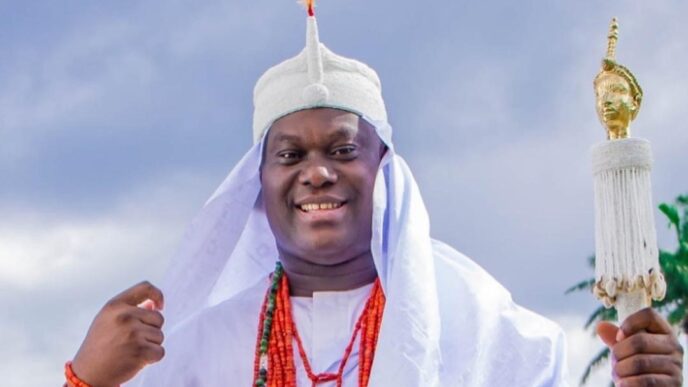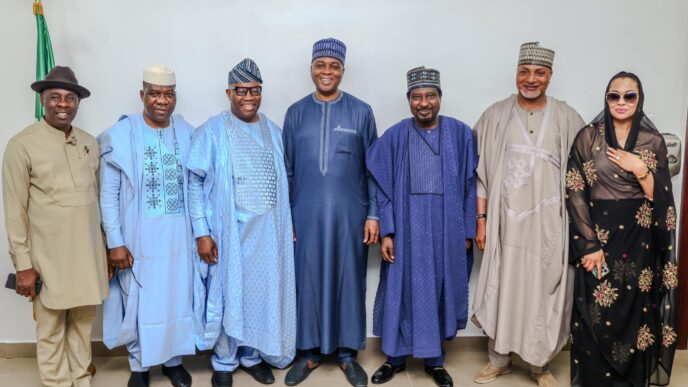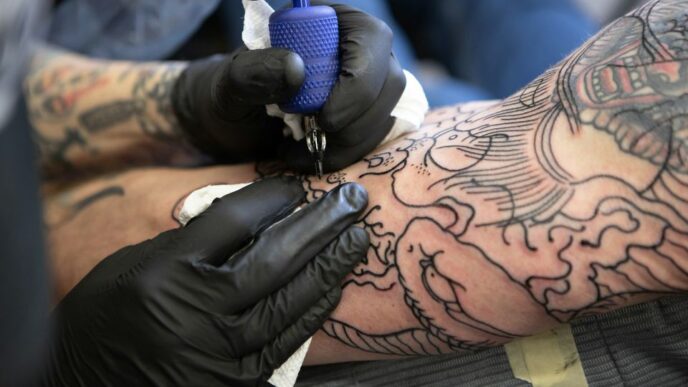In the bustling heart of a connected world, technology serves as the invisible thread stitching together diverse cultures, shaping entertainment, arts, language, and societal norms in unthinkable ways. Imagine strolling through a vibrant digital marketplace where ideas flow freely across continents, where a click can transport you to distant lands and bring the world’s cultural richness to your fingertips.
Step into the spirited realm of social media, where the virtual town squares of Facebook, Twitter, and Instagram pulse with the voices of millions, each representing a unique cultural tapestry. These platforms transcend geographical boundaries, encouraging a global community where cultural exchanges flourish. One touching example is the #BlackLivesMatter movement, which galvanized support worldwide, revealing how technology serves as a megaphone for social justice causes. Through viral hashtags, impactful videos, and shared stories, social media amplifies marginalized voices, igniting conversations that challenge societal norms and advocate for change on a global scale.
Beyond bridging cultural divides, technology plays a jugular role in the evolution of languages. Endangered languages find refuge in digital archives and online communities in the digital age, preserving linguistic diversity that might otherwise be lost. Simultaneously, technology shapes language evolution through the proliferation of emojis and internet slang. These digital expressions transcend linguistic barriers, injecting nuances and emoticons into our online interactions. From the ubiquitous thumbs-up emoji to playful acronyms like LOL and OMG, these symbols enrich our digital conversations, forging connections across cultures and continents.
Moreover, the fluidity of language on social media reflects the dynamic nature of cultural exchange in the digital era. Memes, viral challenges, and trending topics become cultural touchstones that traverse borders, influencing how individuals express themselves and perceive others globally. The adaptability of language in this domain reflects cultural shifts and catalyzes them, as communities engage in dialogue, share traditions, and celebrate diversity in ways that were previously not on the table.
Advertisement
In essence, social media and digital communication platforms are not merely tools for connectivity, they are change agents that drive understanding, empathy, and solidarity across the rich tapestry of global cultures. As technology continues to unfold, so too does its profound impact on how we communicate, preserve languages, and cultivate cultural exchange in an interconnected world.
That said, imagine immersing yourself in the boundless digital realm of entertainment, where streaming services like Netflix and Spotify curate a vast array of cultural content transcending borders and capturing hearts globally. From the mesmerizing storytelling of Korean dramas to the infectious beats of Afrobeat music, these platforms serve as virtual gateways to explore and celebrate the richness of global cultures. Streaming giants democratize access to diverse cultural expressions, offering viewers an unprecedented opportunity to engage with narratives that reflect the complexities and nuances of societies around the world. For instance, the global popularity of K-dramas like “Crash Landing on You” entertains and educates audiences on Korean culture, traditions, and societal norms, promoting cross-cultural empathy and appreciation.
Beyond passive consumption, technology empowers creators from diverse backgrounds to amplify their voices and share their unique perspectives with a global audience. YouTube exemplifies this democratization of content creation, where creators like Adebowale Adedayo, known as Mr. Macaroni, use comedy to bridge cultural divides and spark conversations on issues ranging from identity to social justice. Through humor and relatable storytelling, creators crush stereotypes and forge connections across cultural boundaries, promoting dialogue and understanding.
Advertisement
In the realm of music, technology enables musicians to blend traditional and modern sounds, creating hybrid genres that resonate with audiences globally. Artists like Burna Boy from Nigeria infuse Afrobeat rhythms with contemporary influences, attracting listeners beyond their geographic origins and enriching global music landscapes with diverse cultural flavors. Also, platforms like TikTok have democratized creativity, allowing users to create and share short-form videos that celebrate cultural heritage through dance, music, and storytelling. These viral trends amplify cultural narratives, sparking global trends and influencing popular culture in real-time.
In essence, entertainment and media consumption in the digital age are changing cultural narratives by breaking down barriers, amplifying diverse voices, and fostering a deeper understanding of global cultures. As technology continues to evolve, its role in shaping and promoting cultural diversity and appreciation will undoubtedly continue to grow, enriching the global cultural tapestry with every click, stream, and share.
Arts and Creativity: Unleashing Innovation and Expression
Step into the dynamic realm where art and technology converge, unleashing boundless innovation and expression. In the digital age, artists wield powerful digital tools and virtual reality (VR) technology to redefine artistic boundaries and engage audiences in immersive experiences that transcend traditional norms. Digital art pioneers harness the capabilities of software and digital platforms to create artworks that defy conventional mediums. From intricate digital sculptures to mesmerizing generative AI art, these creations extend the boundaries of creativity, inviting viewers into surreal and interactive worlds. For instance, artists like Refik Anadol use AI algorithms to transform data into mesmerizing visualizations, exploring the intersection of art, technology, and human perception.
Advertisement
Additionally, virtual reality (VR) takes artistic immersion to new heights by offering audiences a firsthand encounter with artworks and cultural artifacts. The “Mona Lisa: Beyond the Glass” exhibition at the Louvre exemplifies this phenomenal power, where visitors can step into a virtual realm and explore da Vinci’s masterpiece in unprecedented detail. VR technology makes art accessible to global audiences while enhancing engagement by allowing viewers to interact with artworks in ways previously unimaginable.
Also noteworthy, crowdfunding platforms such as Kickstarter ease art funding, empowering artists from diverse backgrounds to finance their creative visions directly from supporters globally. Artists, whether from indigenous communities preserving cultural heritage or urban hubs exploring contemporary expressions, find a platform to showcase their talents and narratives. This democratization of funding promotes a vibrant ecosystem where artistic diversity thrives, challenging mainstream narratives and amplifying marginalized voices.
Indeed, the fusion of art and technology unleashes a wave of innovation and expression that transcends geographical boundaries and cultural divides. As artists continue to navigate the possibilities of digital tools and immersive technologies, they redefine artistic practices, engage global audiences, and contribute to a more inclusive and dynamic cultural landscape. Through digital avenues and virtual realms, art becomes a catalyst for dialogue, empathy, and understanding in our networked world.
Apart from art and entertainment, societal norms and values are increasingly shaped by the dynamics of online interactions and virtual communities. Social media platforms have emerged as powerful catalysts for social change, amplifying voices and mobilizing movements that challenge entrenched norms and advocate for justice and inclusivity.
Advertisement
Take, for instance, the #MeToo movement, which gained momentum on platforms like Twitter and Facebook, sparking a global reckoning on sexual harassment and gender inequality. Through shared stories and solidarity, social media provided a platform for survivors to speak out, confront societal attitudes, and demand systemic change. Similarly, environmental activists utilize digital platforms to mobilize global efforts for climate justice, raising awareness, and advocating for sustainable practices that transcend national borders.
These digital arenas amplify marginalized voices and catalyze cultural shifts by encouraging conversations on equity, diversity, and human rights. Movements like #EndSARS harness social media to confront social injustice, galvanizing global support and challenging societal norms that perpetuate discrimination. By providing a platform for diverse perspectives and lived experiences, social media enables individuals and communities to challenge dominant narratives, advocate for underrepresented groups, and promote societal transformation.
Advertisement
However, amid the promise of connectivity and advocacy, technology’s influence presents notable challenges. The digital divide persists, exacerbating inequalities in access to information, educational resources, and cultural participation. Socioeconomic factors often determine digital literacy and access to technology, creating disparities that hinder marginalized communities from fully engaging in digital discourse and benefiting from its potential.
Moreover, ethical considerations loom large in the digital realm. Issues of cultural appropriation arise as digital platforms facilitate the rapid dissemination of cultural symbols and practices, sometimes without proper attribution or respect for cultural ownership. Digital privacy concerns also abound, as individuals navigate the complexities of data protection and consent in an increasingly interconnected world.
Advertisement
Navigating these challenges requires a nuanced approach to technology use and policy-making. It calls for initiatives that bridge the digital divide through equitable access to technology and digital literacy programs. It also demands responsible digital citizenship, where individuals and organizations uphold ethical standards, respect cultural diversity, and prioritize data privacy and security.
In conclusion, in this digital tapestry, technology surfaced as a powerful force, intertwining cultural threads to create a vibrant mosaic of global interconnectedness. As we steer through this evolving landscape, understanding and embracing technology’s role in shaping culture, entertainment, arts, language, and societal norms are key to promoting empathy, cultural appreciation, and collective progress.
Advertisement
The journey continues – a journey where each click, share, and creation adds to the ever-unfolding story of how technology shapes and reflects our cultural identities in the interconnected world of today and tomorrow.
Thank you for the investment in time. Please follow my Medium: https://medium.com/@roariyo (for more of my curated thoughts) and LinkedIn: https://www.linkedin.com/in/olufemi-ariyo-923ba6130/ or send an email to [email protected]
Add a comment
